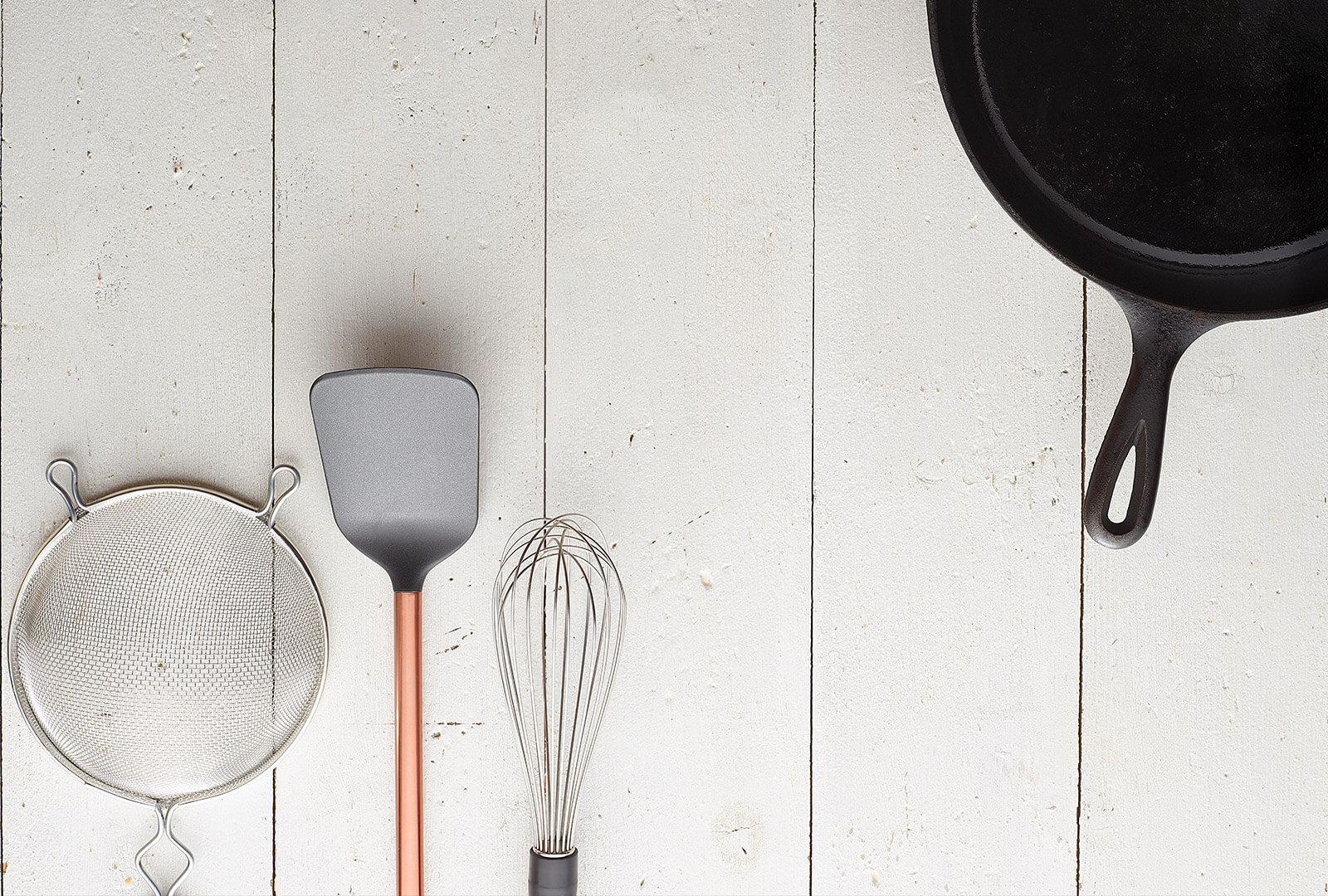Intimidation is the enemy of a great home cook. Roux and blanch sound complicated and impossible, but in reality, they are approachable — or dare I say — easy! Cooking is not scary. Cooking is meditation. Cooking is pleasure. The truth is, if you know how to follow directions, you can be a good home cook. It’s that simple. And if you know how to follow directions plus add a little of your own style, you can be a fabulous home cook. Start with these basics and build off of them as you go. Have fun and be confident!
How To Cook Pasta al Dente
According To Chef Fabio Viviani “Top Chef” Star, Culinary Personality, Restaurateur, Cookbook Author
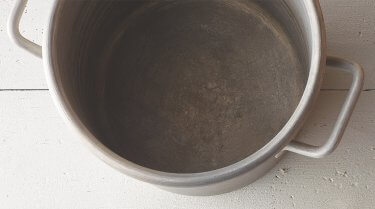
“I love eating my pasta cooked al dente, which means it is still just a little firm when bitten, instead of complete mush. To do so, I suggest cutting down the recommended cooking time on the pasta packaging 25-30 percent so that the pasta is still firm, but cooked. You don’t want your pasta to come out soggy. Also, adding salt to the cooking water adds a nice flavor to the pasta.”
How To Portion Prime Rib
According To Chef David Burke Celebrity Chef and Pioneer in American Cooking
“If you have a 3-pound rib roast — which is 48 ounces — and roast it, it will get down to around 36 ounces. That will be enough for three to four people. You can figure a pound of raw meat per person, and that will yield you enough. Though you can always roast a little extra so you can have sandwiches for the next few days.”
How To Poach an Egg
According To Ali Rosen Author of “Bring It! Tried And True Recipes for potlucks and casual entertaining”
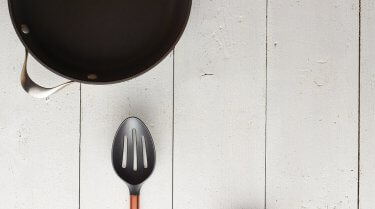
“The best advice I have for poaching an egg actually has nothing to do with vinegar or adding anything to the water. You just gently swirl the water, and it creates the perfect poached egg. Somehow it works every time.”
How To Make Aioli & Garlic Paste
According To Dara Pollak @Skinnypignyc
“Aioli means so many different things now. People tend to think aioli is any sauce with mayo in it. Not the case! But you could definitely cut corners that way by making a mayo based sauce and thinning it out with lemon juice, garlic and Dijon mustard, which is the traditional flavor combo. Whichever way you do it, I like to cover it and leave it in the fridge for at least 30 minutes and up to a whole day. The flavors have more time to develop and meld together.
If you have a microplane, this is a great time to use it. Grating garlic on a microplane turns it into a paste a lot easier than the traditional way. The traditional way is putting coarse salt on top of the garlic clove, then taking the back of your knife and scraping it down, mashing it as you go. Repeat this process until a paste forms. Trust me, a microplane makes everything MUCH easier!”
How To Make a Salad Sing
According to Danyelle Freeman @Restaurantgirl1 on Instagram, Author of “Try This: Traveling The Globe Without Leaving The Table”

“You should always season a salad with salt and pepper before dressing it to really enhance the taste of the greens. It’s so simple and makes a delicious difference in the outcome.”
How To Make a Quick Vinaigrette
According to Shauna James Ahern @Glutenfreegirl, GlutenFreeGirl.com
“As long as you have some kind of vinegar, mustard and oil, you’re good to go on vinaigrette ingredients. The only equipment you need is a jam jar with a tight lid. You don’t even need to measure. The oil and the vinegar naturally separate, so you can eyeball the ratio. I like about three parts oil to one part vinegar. Maybe two and one-half to one. I like it sharp but not too sharp. If you shake the vinaigrette until it is fully emulsified, it stays that way. Easy peasy.”
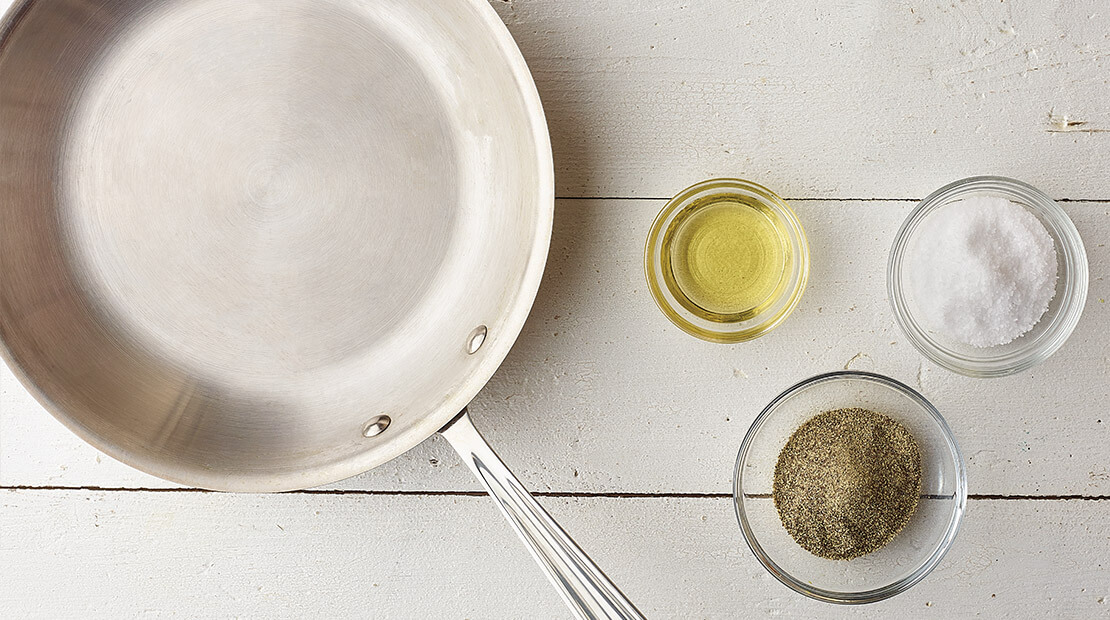
Jenn Segal’s Pan-Seared Salmon
- 1 tablespoon olive oil
- 1/2 teaspoon kosher salt
- As needed freshly ground black pepper
- 4 (6-ounce) salmon fillets, 1¼ inches thick
Instructions
Season the salmon with the salt and a few grinds of pepper.
Heat the oil in a 12-inch nonstick skillet over medium-high heat until very hot. Cook the salmon, skin side up, until golden and crisp, about 4 minutes. Carefully flip the fillets and reduce the heat to medium. Continue cooking until done to your liking, 4-5 minutes more. Transfer to a platter and serve.
How To Do Many Important Things
According to Tony Finnestad, Hormel Foods Foodservice Business Development Chef
How to Blanch Vegetables
“Set up a big bowl of ice water and large pot full of salted boiling water. Give your water a quick taste — it should taste like the ocean. The bigger the pot, the quicker the water will return to a full boil after you drop your product in. Let’s use carrots in our example. When your water is at a full rolling boil, drop your carrots in. Cook them to your desired doneness. (Remember that they will continue to cook a bit after you remove them from the pot.) Then use a slotted spoon to pull them out, and immediately dunk them in the ice water. This is called ‘shocking,’ and the purpose here is to stop the cooking process. The salted boiling water and shocking will help the vegetables retain more nutrients and maintain their color.”
How to Make a Roux
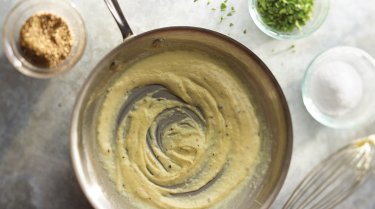
“Start with equal parts butter and flour — let’s say three tablespoons of each here. Melt butter in a pan over low heat, making sure it doesn’t brown. While whisking, sprinkle in flour slowly, and stir to fully incorporate. Turn heat to low, whisk regularly to prevent clumps, and cook over low heat for 5-7 minutes. The point here is to cook the flour taste out of the roux. For most purposes, the color of your roux should be blonde.”
How to Pan-Sear a Steak
“First, make sure you’ve seasoned your steak generously with salt and pepper. With a nice piece of meat, you rarely need additional seasonings. Start by preheating the oven. Get a sauté pan nice and hot, add a small amount of oil, and then add your steak.
An old myth about pan-searing is that you should only flip it once. Flipping your steak more than once is okay, and helps it to cook it more evenly and a little bit quicker. You’ll also get a nice crust on it. Some people add a little bit of butter to the pan after a few minutes, then continue to baste (scoop a little of the oil and butter with a spoon and pour over the top of the steak as the bottom cooks). This is a step that I think is only necessary if you’re cooking fully on the stovetop instead of finishing in the oven. After you’ve developed a nice sear on both sides, I add a small amount of stock to the pan and finish it in the oven. Just a few minutes is necessary to bring it to medium-rare. Then pull it out, set it on a cutting board or plate, and let it rest before slicing or serving. A general rule of thumb is one minute of resting per one minute of cook time.”
